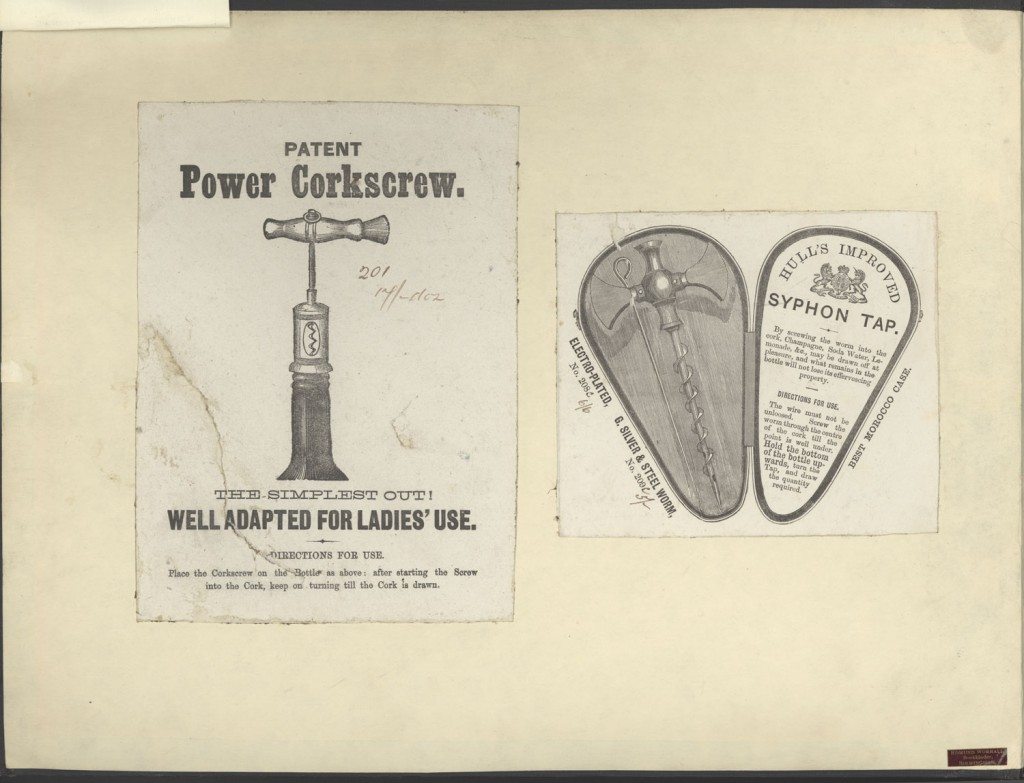The Orgins of the Corkscrew
Image: Two Corkscrews Manufactured by Charles Hull, Birmingham c. 1865
Patent Power Corkscrew
The Simplest Out!
Well adapted for Ladies Use
Directions for Use
Place the Corkscrew on the Bottle as above; after starting the Screw into the Cork, keep on turning till the Cork is drawn.
This is an example of the corkscrew first developed by one of Birmingham’s most prolific inventors and designers, Edward Thomason (1769-1849). Thomason’s corkscrew of the early 1800s included both left-handed and right-handed threads. On turning the crossbar the cork penetrated the corkscrew and by continuing to turn, the cork was removed from the bottle.
Hull’s Improved Syphon Tap
By screwing the worm into the cork, Champagne, Soda Water, Lemonade &c may be drawn off at pleasure, and what remains in the bottle will not lose its effervescing property.
Directions for Use
The wire must not be unloosed. Screw the worm through the centre of the cork till the point is well under. Hold the bottom of the bottle upwards, turn the Tap, and draw the quantity required.
—————
The idea of a corkscrew is simple, but the instrument was progressively redesigned and modified from the 17th until the 20th century. Though the Romans used cork to seal containers of wine, the modern use of the corked bottle is attributed to Sir Kenelm Digby (1603-65). He invented the wine bottle with a narrow neck in about 1630. These first bottles had waxed linen wrappings attached to the cork, which provided a means of extraction prior to drinking. The necks of wine bottles were made longer and more parallel in the 17th and 18th century. This allowed bottles to be stored horizontally and required corks to fit more tightly. Corks had to be compressed and therefore more difficult to extract. The ancestor of the corkscrew, the bottle screw was devised. It developed from the screw on the ramrod, which was used to clean the barrel of a gun. Surviving examples date from the late 17th century, many of which were made by lorimers who also manufactured horse bits and spurs.
Most corkscrews followed a basic pattern with a simple screw, also known as a worm or helix and a cross bar or ring which the user turned when the screw was introduced into the cork. Corkscrews were not easy to use. They had to be inserted at the right angle and care had to be taken in creating the helix or worm. A poorly designed or inserted corkscrew would break or damage the cork.
During the 18th and 19th centuries designs became more complex. There were several variations on the simple helix to increase pulling power. A flute was cut into the screw to provide greater strength and rigidity. The Archimedean helix was similar in design to that of a woodscrew and was used to extract corks from champagne bottles. In a third variation increased pulling the groove between the threads was hollowed out of the central core. Inventors produced different methods for extracting corks and siphoning liquids from a bottle without removing the cork. Designers used different metals, wood or bone for handles, which could be electro-plated, japanned, carved or engraved.
« Previous in this sectionNext in this section »Continue browsing this section
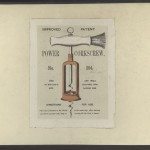 Corkscrew Manufacturing in Birmingham: Charles Hull’s Catalogue c. 1865
Corkscrew Manufacturing in Birmingham: Charles Hull’s Catalogue c. 1865
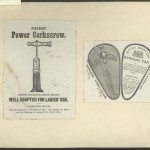 The Orgins of the Corkscrew
The Orgins of the Corkscrew
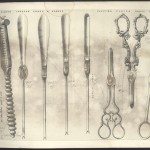 Electro-Plated Lobster Crack and Scoops, Electro-Plated Grape Scissors
Electro-Plated Lobster Crack and Scoops, Electro-Plated Grape Scissors
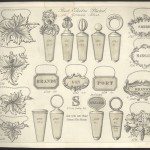 Best Corks with Electro-Plated German Silver Mounts
Best Corks with Electro-Plated German Silver Mounts
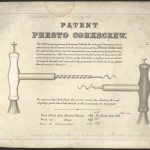 Birmingham’s Importance in Corkscrew Manufacturing
Birmingham’s Importance in Corkscrew Manufacturing
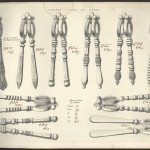 Electro-Plated Nutcrackers on Steel
Electro-Plated Nutcrackers on Steel
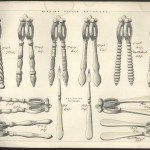 Electro-Plated Nutcrackers and Nut Picks on Steel
Electro-Plated Nutcrackers and Nut Picks on Steel
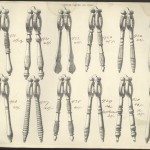 Electro-Plated Nutcrackers on Steel
Electro-Plated Nutcrackers on Steel
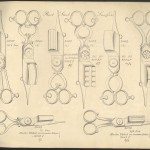 Best Steel Snuffers Electro-Plated on German Silver
Best Steel Snuffers Electro-Plated on German Silver
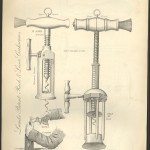 Lund’s Patent Rack & Lever Corkscrews
Lund’s Patent Rack & Lever Corkscrews
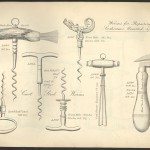 Cast Steel Worms, Cork Drawer and Meat Case Knife
Cast Steel Worms, Cork Drawer and Meat Case Knife
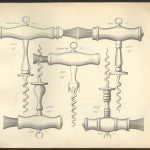 Corkscrews based on Samuel Henshall’s patent of 1795
Corkscrews based on Samuel Henshall’s patent of 1795
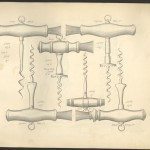 Examples of Corkscrews with fluted helixes to provide rigidity and strength
Examples of Corkscrews with fluted helixes to provide rigidity and strength
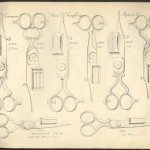 Common Steel Snuffers and Japanned Snuffers
Common Steel Snuffers and Japanned Snuffers
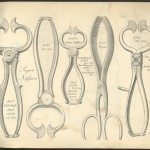 Sugar Nippers and Coal Tongs
Sugar Nippers and Coal Tongs
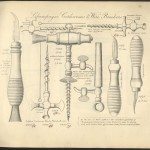 Champagne Corkscrews and Wire Breakers
Champagne Corkscrews and Wire Breakers
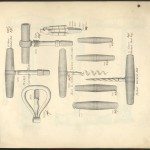 Pocket Carriage Keys and Best German Silver Pocket Corkscrews
Pocket Carriage Keys and Best German Silver Pocket Corkscrews
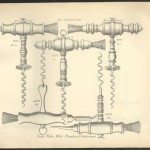 Soda Water Wire Breakers and Corkscrews
Soda Water Wire Breakers and Corkscrews



